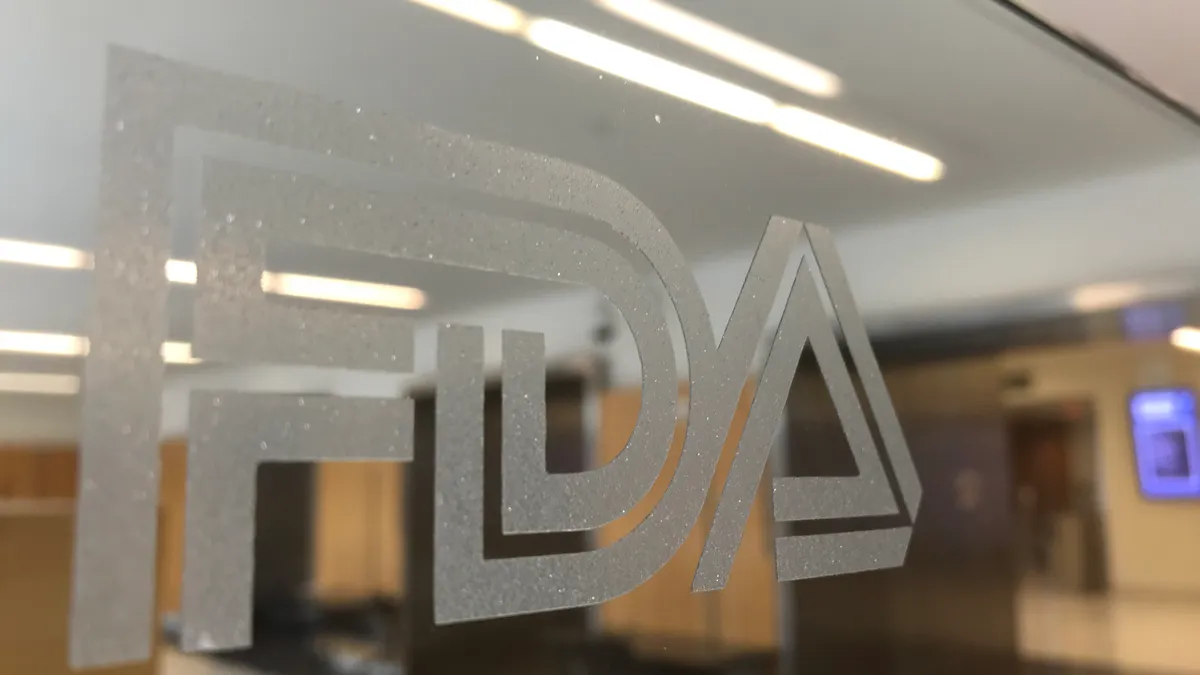Dive Brief:
- The FDA released a lengthy statement Tuesday laying out plans to increase postmarket surveillance of medical devices and set a new goal to be “consistently first” among global regulators to respond to safety signals from those products. Specific actions include improving the safety net for women’s health, including holding a Feb. 12, 2019 advisory committee meeting on transvaginal surgical mesh.
- The agency will follow up next week with more details on its plans to modernize the premarket review of medical devices, especially the 510(k) process, FDA Commissioner Scott Gottlieb and device center chief Jeff Shuren said.
- FDA reiterated that it will work to secure additional funding for the National Evaluation System for health Technology (NEST), an initiative to improve real-world data collection about medical devices by connecting clinical registries, electronic health records and medical billing claims.
Dive Insight:
The statement follows the agency’s release in April of a Medical Device Safety Action Plan, as it moves to adopt a less-burdensome approach to device regulation intended to accelerate the speed at which medtech innovations are brought to market.
FDA said it plans to announce a series of “important new actions” to improve the postmarket surveillance system and encourage advances that lead to safer medical devices. The agency said it has carefully considered public feedback in formulating the changes.
The current postmarket oversight system is passive and prone to underreporting because it relies on device users to report problems, FDA noted. Shifting to a system based on real-world evidence would better protect patients by increasing access to large data sets for evaluation and by improving the link between adverse events and specific devices, the agency said.
FDA is also committing new resources to NEST. The governing board for NEST’s public-private coordinating center, known as NESTcc, includes patients and healthcare providers.
NESTcc has forged agreements this year with 12 organizations that represent nearly 195 hospitals and 4,000 outpatient clinics with access to more than 495 million patient records as it builds the early data network, FDA said. Development in recent years of a unique device identification system for tracking products through distribution and patient use will support the effort, the agency said.
Earlier this month, NESTcc announced eight post-market surveillance test cases using patient registries and claims data, including projects to evaluate knee replacement surgeries, wound closure techniques and spinal fusion devices. J&J and Abbott are among the big players taking part.
Partial funding for NEST will come from industry as part of the latest Medical Device User Fee Agreement. In September, FDA allocated an additional $3 million to the program. The president’s budget for fiscal year 2019 includes a request for an additional $46 million to support NEST and conduct FDA-sponsored post-market studies that address device-specific safety concerns. FDA said it will work with stakeholders to help make NEST financially self-sustaining long term.
Part of the $3 million MDUFA funding will go toward addressing clinical questions on devices unique to women’s health. The agency will hold an advisory committee meeting on Feb. 12, 2019 to review the safety and effectiveness of surgical mesh intended for transvaginal pelvic organ prolapse repair.
Efforts are under way to establish a national breast implant registry and to monitor a set of energy-based devices. And the agency has successfully pressed seven manufacturers into removing marketing claims promoting their energy-based devices for unapproved uses such as vaginal rejuvenation.











